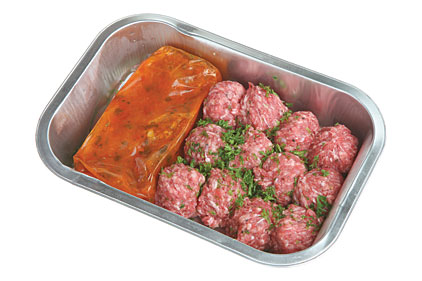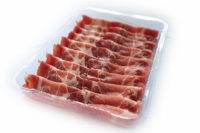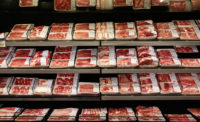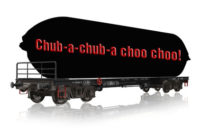If there is an absolute truth about packaging today, it is that one size does not fit all, and there is no one solution for everyone.
Differences are not a thing of the past. There are more types of films now than in any previous point in time — barrier, non-barrier, active films — in many formats. Packaging is expected to do more than just package. And contrary to some views, there are still a lot of players making a living in flexible packaging. Just look at the membership of any of the packaging associations. Granted, it may not be a normal distribution. There are a lot of small companies, and there are global companies, with nothing between the two groups.
Some look at the industry today, particularly after five years of hard economic times, and say there really is no real innovation in packaging anymore. That is about as accurate as the famous 1940s prediction about the future of computers: “Maybe there is a world market for maybe five of them.”
To be fair, the Great Recession created a hunker-down attitude for many packaging customers. Lower-cost packaging options often won out and still win much of the time. Among processors there is a lot of sunken capital in mature formats. Changing packaging can be a big deal, especially if equipment changes are part of the mix. There are high hurdles to clear for the projected payback period. It had better be pretty short, or the conversation is even shorter. But patience still exists among packaging manufacturers for game-changing technologies. It just cannot be the only thing they do.
Today, package innovations are all around us. Just walk the floor of any trade show and be astounded by the army of booths touting innovation. It is mandatory signage. But one exhibitor’s “better print”, legitimately, may be new to them and their customers, but not to the rest of the world.
Innovation is as much a matter of where you stand as it is about groundbreaking technology.
Take a pot roast kit found in the supermarket meat display, for example. Is that innovation? For the shopper who has never cooked a roast, but wants to try, the answer is a resounding “yes!” Everything, cooking instructions and ingredients, is together in one place. He or she does not have to go to four departments to assemble the meal.
I asked a long-time executive in the industry whether packaging manufacturers are looking to direct innovation toward consumers, retailers or processors. The answer was a blunt, “You must satisfy all of them.”
Successful packaging today is about functionality and presentation. At retail, packages must fight for shoppers’ attention, and consumers do not give them much time to impress. One thing is certain: Over time, products change form as processors add value. With that come different demands for functionality.
That same executive explained how, in Europe, a switch is taking place from modified-atmosphere packaging to vacuum packaging for fresh red meat to take advantage of the longer shelf life, better product quality and reduced retail shrink. Apparently, retailers and shoppers are becoming more comfortable with the reduced color. It may not be the deal-breaker we have long thought it to be. Is this innovation, or meeting a market need with packaging that performs? I say, “yes”.
Finally, I asked my contact what characteristics are common with the winners in packaging today. He replied, in an even tone, that it’s those who do the best job of taking care of customers’ needs.
I was underwhelmed at first, expecting a more profound perspective. But then I realized, I had gotten one.







Report Abusive Comment